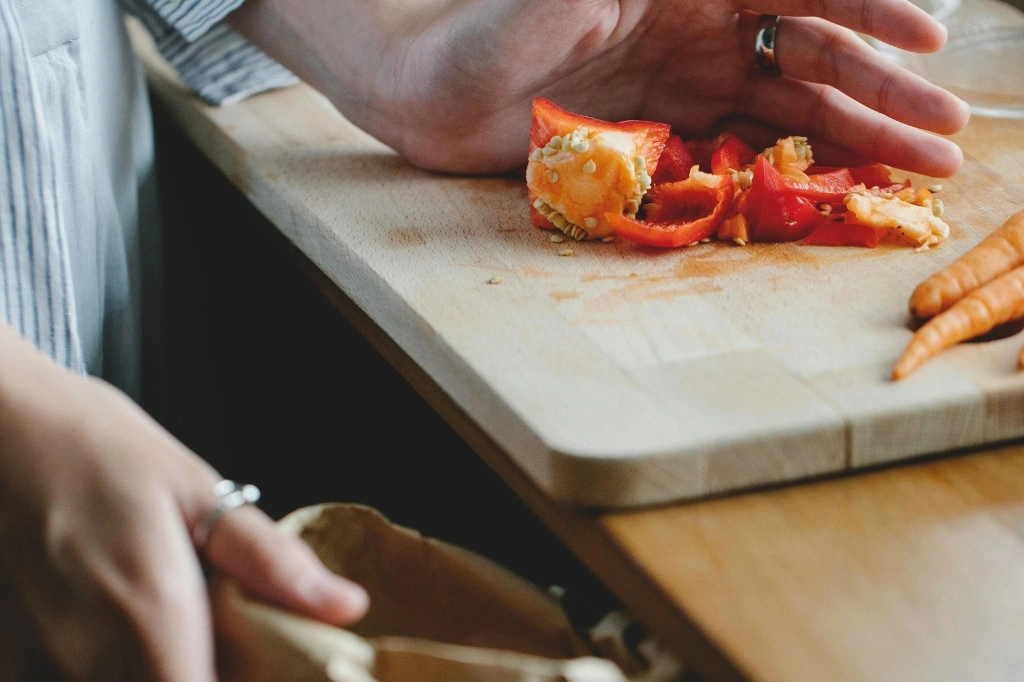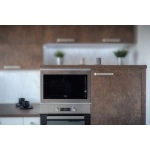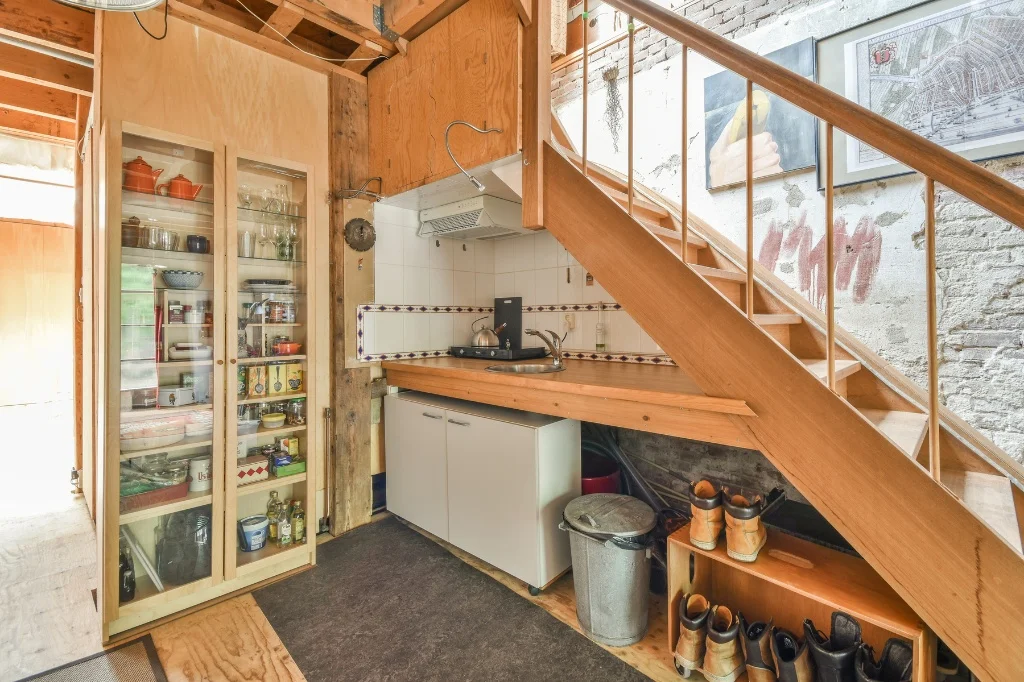A brilliant method to lessen household waste and enhance the soil on your lawn is to turn kitchen scraps into compost. “How to create compost from kitchen waste?” is a question you may be wondering. And “Can you make compost with just kitchen scraps?” You may be guided through the manner using this guide. In addition to imparting your garden with nutrient-wealthy soil, composting enables the environment by way of reusing herbal materials. Here’s a way to convert your kitchen scraps into treasured compost.
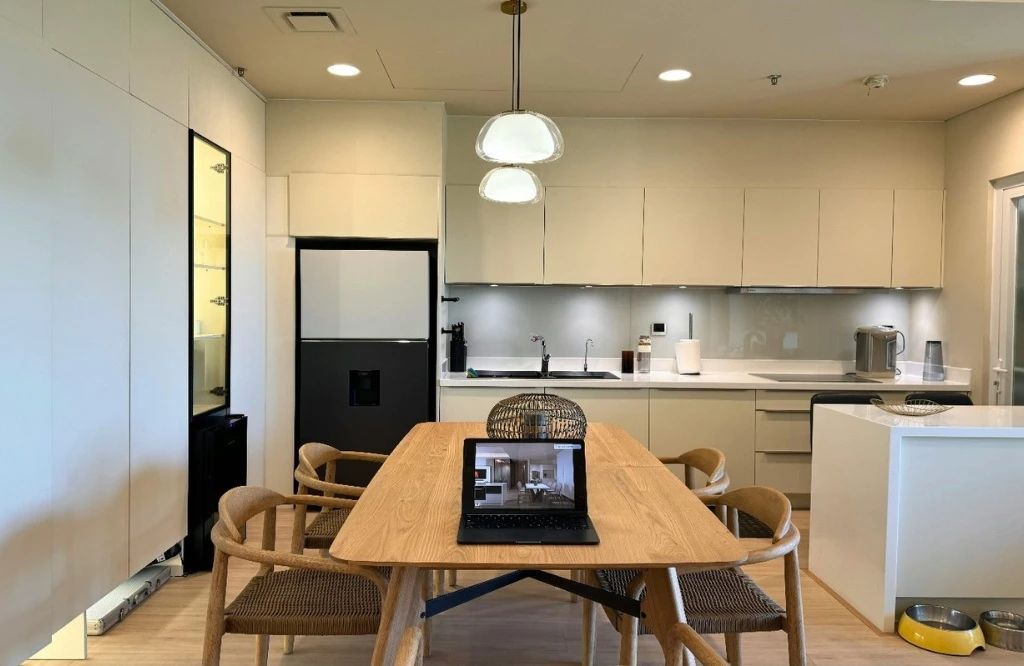
Table of Contents
Recognizing the Fundamentals of Composting
The system of turning natural textiles into compost, a nutrient-wealthy cloth, is known as composting. It includes using natural methods to decompose yard waste, meal scraps, and numerous natural materials. Among the various advantages of composting are progressed soil shape, expanded water retention, and the availability of important nutrients to flowers.
Is It Possible to Make Compost Only from Kitchen Scraps?
Yes, you could create compost simply from kitchen trash; however, adding different ingredients will speed up the method. Composting is a wonderful use for kitchen leftovers inclusive of eggshells, fruit particles, vegetable peels, and espresso grounds.
How to Make Compost Out of Kitchen Waste
Choose a composting approach.
Before diving into the way to create compost from kitchen waste, decide on a composting technique that fits your area and needs. The foremost strategies are:
- Compost Bin: Ideal for small to medium-sized gardens, compost boxes are enclosed containers that keep the compost contained and tidy.
- Compost Tumbler: This is a rotating container that allows you to show the compost easily, rushing up the decomposition method.
- Compost Pile: For larger spaces, a compost pile is a heap of natural material. It requires every day turning to aerate the compost.
Mix your ingredients well.
You need a mixture of “vegetables” and “browns” to make compost:
- Greens: Kitchen wastes consisting of vegetable peels, eggshells, fruit trash, and coffee grounds are examples of excessive nitrogen substances. Greens help to boost the composting technique.
- Browns: These are carbon-rich materials, consisting of dry leaves, cardboard, paper, and straw. Browns offer shape and help stabilize the compost with the aid of absorbing extra moisture.
Get Ready for Your Kitchen Waste
For composting to be successful, kitchen trash must be organized effectively.
- Chop and shred: To expedite the decomposition manner, reduce huge sections of kitchen scraps into smaller chunks. Shredding paper and cardboard additionally helps.
- Avoid Certain Items: Do no longer include meat, dairy, or oily meals in your compost, as they can appeal to pests and create unsightly odors.
Organize your compost materials into layers.
Layering substances promote decomposition through the composting technique.
- Commence with a Brown Layer: For great consequences, fill your compost bin or pile with a layer of brown objects (such as dried leaves or shredded paper). This layer enables drainage and aeration.
- Add a Layer of Greens: Add a layer of green kitchen scraps on the pinnacle of the browns. This mixture provides important nitrogen for composting.
- Continue Layering: Alternate layers of veggies and browns, maintaining a balance. Aim for a ratio of approximately 2:1 (browns to vegetables) to ensure the most useful composting situations.
Maintain your compost.
Maintaining your compost is prime to producing tremendous compost.
- Turn the Compost: Regularly turn the compost with a pitchfork or compost aerator to introduce oxygen. This method speeds up decomposition and stops the compost from becoming too compacted.
- Monitor Moisture: The compost must be saved moist but not soggy. If it’s too dry, add water; if it’s too moist, upload more browns to absorb excess moisture.
- Check Temperature: Composting generates warmth. The best temperature for decomposition is among a hundred 30°F and a hundred and 60°F (54°C to 71°C). A hot compost pile will ruin down faster.
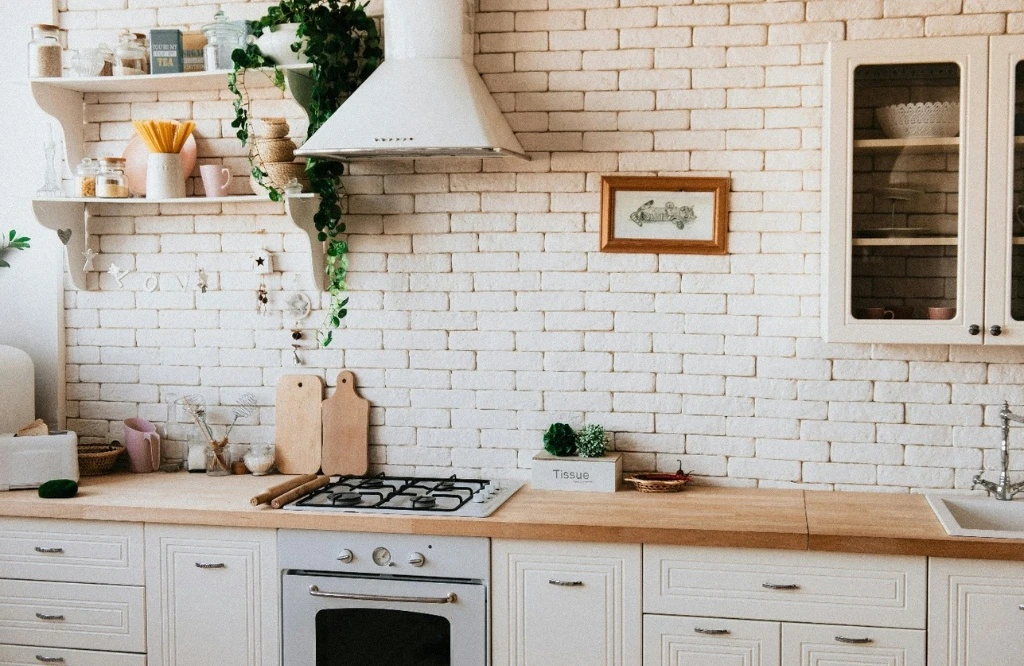
Harvest your compost.
Composting takes time, usually numerous months to 12 months, depending on conditions and substances. Here’s the way to recognize while your compost is prepared:
- Visual aspects: The finished compost must have an earthy, wealthy scent and a crumbly, black look. The original kitchen scraps must be unrecognizable.
- Sift the Compost: Use a display screen or sieve to split massive, undecomposed portions from the finished compost. Return the larger pieces to the compost pile for a similar breakdown.
Benefits of Composting Kitchen Waste
Creating compost from kitchen waste offers several advantages:
- Minimizes Landfill Waste: By composting, you can still limit the amount of natural waste that ultimately ends up in landfills, which may additionally contribute to a discount in greenhouse gasoline emissions.
- Enhances Soil Health: Compost enhances water retention, corrects soil structure, and nourishes the soil with important vitamins.
Conclusion
Acquiring the information of producing compost from kitchen waste is a useful and sustainable approach to dealing with leftover meals from the family. While you may certainly make compost with simply kitchen scraps, incorporating additional substances like yard waste and cardboard complements the manner.


